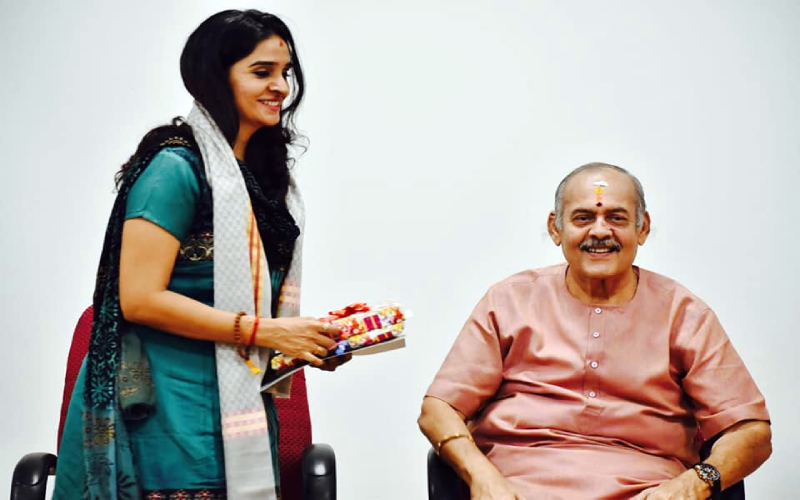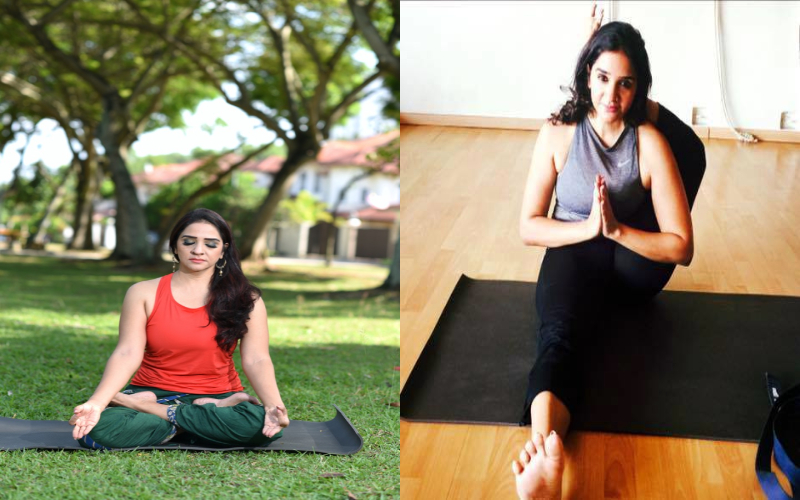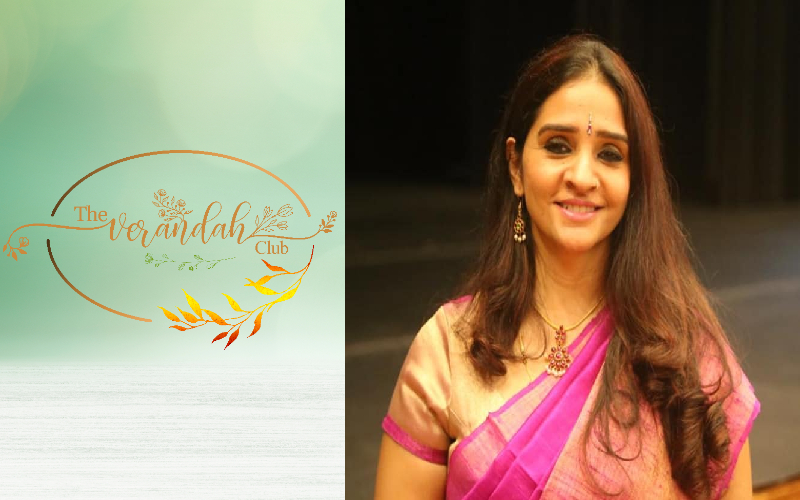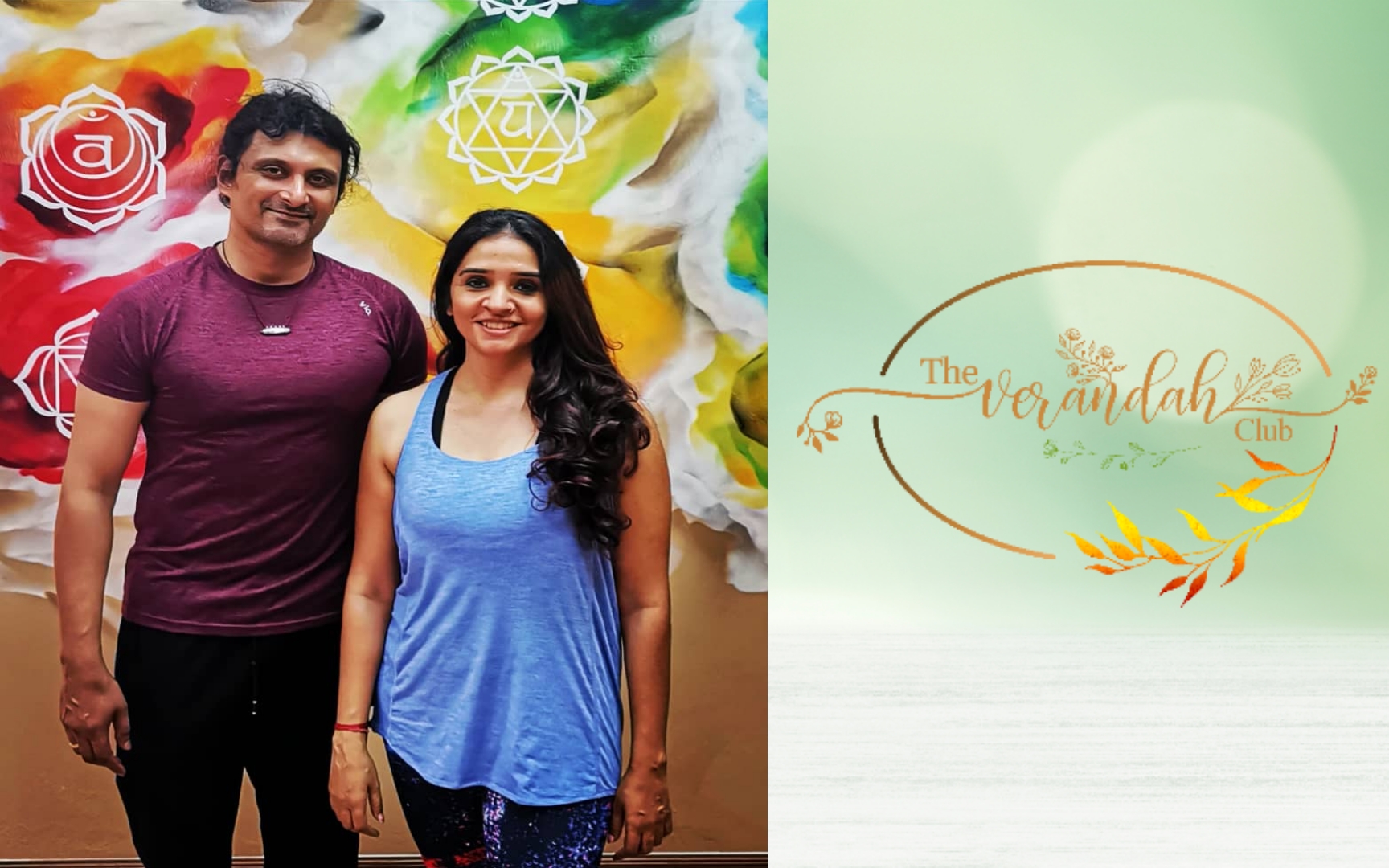
Shailaja Menon needs to be accoladed for her work. This certified Manasa Yoga teacher, speaker and freelance writer based in Malaysia has a few decades of experience in Yoga. Her studio 'Mat and Beyond’ Yoga studio is well known. Her ability to translate the practice of Yoga from mere shapes on a mat to a living, breathing philosophy and way of life is what makes her classes, writings, and perspectives so insightful. Shailaja has been able to transform and elevate an individual's life at every level - physical, mental, emotional, and spiritual.
"Yoga is an inward journey, to connect to the core of ourselves, through the tools of the body, breath and mind. It is a sacred connection that leads us to express our highest possibilities and live authentic and fulfilling lives," states Shailaja.
She shares more about Patanjali and about the Yoga Sutras:
Patanjali is considered as one of the highest authorities of Yoga., and he wrote on three subjects: grammar, medicine, and Yoga. The Yoga Sutras is his culminating work and, through 196 terse aphorisms or Sutras - divided into four chapters, he prescribes a path of liberation that ends with man's vision of his true self. His work is a pure exploration of the science of the mind, and one of the earliest and most detailed presentations of the human psyche and consciousness. The work of Patanjali is very practical, as he provides a path to overcoming fluctuations of the mind, which are considered to major impediments to spiritual development.
Shailaja adds further, "We seek meaning in relationships, food, frenzied activity, and exercise, besides getting enslaved in other addictive patterns like alcohol, tobacco, drugs - all to fill the void and ease the restlessness in our hearts. So, while it is easy to blame other people and situations. Ultimately, we must take responsibility for our own lives and the state of our minds. The onus is on us to do the inner work that is required; through reflection, contemplation, and meditation, to make that shift from outer focus to inner focus and connect with ourselves. Our Asana practice, other sitting meditative practices, journaling, reflecting, and contemplating, spending time with nature, all directs us inward. So, every day we must put some time aside to strengthen the ultimate relationship of all, the one with ourselves! For when our inner world shifts, like magic, our outer world shifts."

Here are the tips for practice as prescribed by Shailaja Menon: -
- Set aside some time for yourself every day. Sit in silence for at least 10 minutes - first thing is the morning is the best. At that time, the mind is relatively clear.
- Watch your thoughts. View this as a process of getting to know yourself. Who occupies your mind? What occupies your mind? Is there any situation troubling you? It will show up.
- Connect to the tone of your mind. What is the state of your mind? Is it joy? Is it sadness? Is it anguish? Is it inspired? Is it boredom or sleepiness? Is it rage? Whatever it might be, however uncomfortable it might be, witness it, acknowledge it – the anger, the rage, the tears, and the disillusionment. Let it flow, release.
When we experience major trauma, the instinctive reaction is to shrink; to want to shut down, to take cover. But on the contrary, the invitation of life and Yoga is to keep expanding, to keep evolving.
Shailaja Menon is a traditional practitioner of Manasa Yoga, and her Guru is Manoj Kaimal, Founder, Manasa Yoga. The work and teachings of Shailaja will give a new perspective. Most people nowadays think of Yoga as a class where one can learn to twist their body into different Asanas. However, ancient philosophy of Yoga is much more than physical activity and needs to be better understood to fully benefit from it. Shailaja Menon not only helps people explore the benefits of practicing Yoga, but also the spiritual and mental fulfilment one gains from this practice. In short, she combines health and contentment for the benefit of the practitioner.
"Anger, depression and anxiety lead us to lose the power we have in our own lives, Yoga can help us to regain this power and achieve self-realization," states Shailaja Menon. She uses her personal experience as a driving force to explain the origins of Manasa Yoga in a way even laypeople can understand and recommends daily exercises to make one feel complete.

Shailaja Menon talks about the disconnect from oneself. The search for the meaning of life is looked into. Uncertainty is addressed. She says that we cannot hope to fulfil our tryst with destiny by leading someone else's life. The individual gives the power away to others and they set the rules. Life gets disconnected thereafter. The inner calling is not visible because one is not in tune with oneself. People and individuals continue to make choice and shape their lives based on conditioning. They seldom look into their potential. Therefore, it is important to get the clutter in the mind released and it will help the waves of agitation and reactivity settle. This will help the individual to connect with one's own inner nature and create space for the potential to manifest. It is from that space that one realizes the potential and evolves into his or her own highest self. Courage and conviction are part of the journey.
Personal journeys put a person in several predicaments. Shailaja states that life is a personal affair. She speaks about herself. Her brother had been a doctor and sister, an engineer. She was keen to earn an approval from her father and the society as well. This made her take up a professional line based on advice. It had not worked out. This had scarred and dented her. It had taken her years of soul searching to discover her path. Yet she takes heart for she was able to finally follow her heart and did what she was most passionate about.
According to Shailaja's teacher and Founder of Manasa Yoga, Manoj Kaimal, "Yoga is a vast subject with diverse philosophies coursing through it. In our system, Manasa Yoga, we focus primarily on the dualistic Yoga Sutras of Patanjali, the non-dualistic Advaita Vedanta of Adi Shankaracharya, the non-dualistic doctrines of Kashmir Shaivism. Etched out in the architecture of these great edifices of amazing heights are beautiful maps which reveal the entire topography of consciousness. The two poles which we find in these maps would be of Samsara (Entanglement & suffering) on one end, and Samadhi (Wisdom & liberation) on the other. Samsara refers to the repeated cycles of life, a place of entanglement and suffering, and Samadhi refers to a series of insightful absorptions which disentangle us and liberates us from this endless cycle of suffering.
The context of liberation points to a release from the mundane world and an absorption into the supramundane. However, this binary view of dystopic immanence and utopic transcendence is not the direction of our system of Yoga. What we really want is for students to understand the maps of Yoga teachings, which will then reveal the terrains of their own consciousness and help them realize where they currently operate from.
Here, the schematic framing of thought patterns and capacities into the unwholesome (Ashuba Vasanas) and wholesome (Shuba Vasanas) help us to sharpen our capacity of discernment. With this sharpened sword of intellect (Viveka), we can sever the tentacles of self-defeating thought patterns (Samskaras) which were only raised in ignorance (Avidya), and subsequently allow for the blossoming of wholesome patterns which serve in helping us reach the highest potential.
So instead of focusing on being released from the different recurrent challenges of life (Samsara), the Yoga practitioner finds himself/herself learning from each cycle, getting enriched in the process., and being able to conduct themselves more skillfully. Not only do they not suffer, but they are able to deeply relish the gift of embodied life."

Yoga Guru Manoj Kaimal has these words about Shailaja Menon, "Shailaja had been practicing Yoga for years before entering our studio. The focus of the Manasa Yoga system, in the simultaneous threading of each asana with precise bio-mechanical considerations along with transformational philosophical contemplations, is what intrigued and inspired her, and kept her coming regularly to my classes. In this period, I saw her transform, from a student keen on the shape aspects of Asana to a very contemplative practitioner, probing deep into both physique and psyche on experimentally realizing the various coalesced states of mind and body, action, and reflection, Shiva and Shakti, Jiva and Atma, in short consciousness and energy. Her explorations, along with the different insights that she received while going through the crucible of life is evident in her writing. These insights will help anyone going through the different challenges that life offers."
It is through the book, ‘Yoga Shakti – Awaken Your Own Power' (published by Niyogi Books) of Shailaja that we can understand the utilitarian value of the various aspects of our culture and tradition. Thank God that the Government of India under Narendra Modi has given us an opportunity to celebrate the World Yoga Day. This day will help us to start all over once again.
Let us celebrate Yoga for eternity!
NEXT ARTICLE

Earlier this year in March, Prime Minister Narendra Modi formally declared "Yoga for One Earth, One Health" as the theme for International Yoga Day 20...